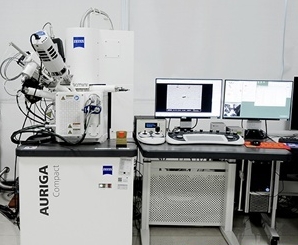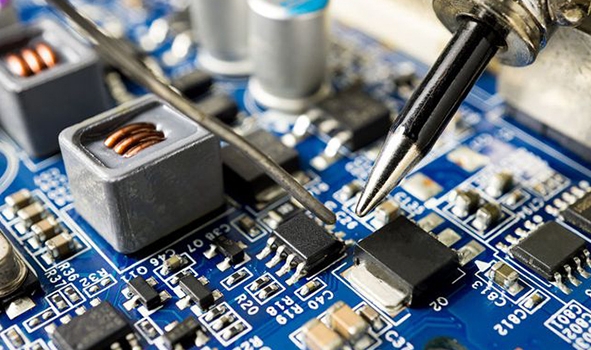- 22
- Sep
How to improve the thermal reliability of PCB?
How to improve the thermal reliability of PCB?

In general, the distribution of copper foil on PCB is very complex and difficult to accurately model. Therefore, when modeling, it is necessary to simplify the wiring shape and try to make an ANSYS model close to the actual circuit board. The electronic components on the circuit board can also be simulated by simplified modeling, such as MOS tubes, integrated circuit blocks, etc.

Thermal analysis in chip processing can help designers determine the electrical performance of components on PCB devre kartı and whether components or circuit board will burn out due to high temperature. The simple thermal analysis only calculates the average temperature of the circuit board, and the complex one needs to establish a transient model for the electronic equipment with multiple circuit boards. The accuracy of thermal analysis ultimately depends on the accuracy of component power consumption provided by circuit board designers.
In many applications, weight and physical size are very important. If the actual power consumption of components is very small, the safety factor of design may be too high, so that the circuit board design adopts the component power consumption value that is inconsistent with the actual or too conservative as the basis for thermal analysis. On the contrary (and more serious at the same time), the thermal safety factor design is too low, that is, the actual operation temperature of the components is higher than that predicted by the analysts. Such problems are generally solved by adding heat dissipation devices or fans to cool the circuit board. These external accessories increase the cost and prolong the manufacturing time. Adding fans in the design will also bring unstable factors to the reliability. Therefore, the circuit board mainly adopts active rather than passive cooling methods (such as natural convection, conduction and radiation).
Simplified circuit board modeling
Before modeling, analyze the main heating devices in the circuit board, such as MOS tubes and integrated circuit blocks. These components convert most of the lost power into heat during operation. Therefore, these devices need to be considered in modeling.
In addition, copper foil coated as a conductor on the circuit board substrate should also be considered. They not only conduct electricity, but also conduct heat in the design. Their thermal conductivity and heat transfer area are relatively large. Circuit board is an indispensable part of electronic circuit. Its structure is composed of epoxy resin substrate and copper foil coated as conductor. The thickness of epoxy resin substrate is 4mm and the thickness of copper foil is 0.1mm. The thermal conductivity of copper is 400W / (m ℃), while that of epoxy resin is only 0.276w / (m ℃). Although the added copper foil is very thin and fine, it has a strong guiding effect on heat, so it can not be ignored in modeling.
